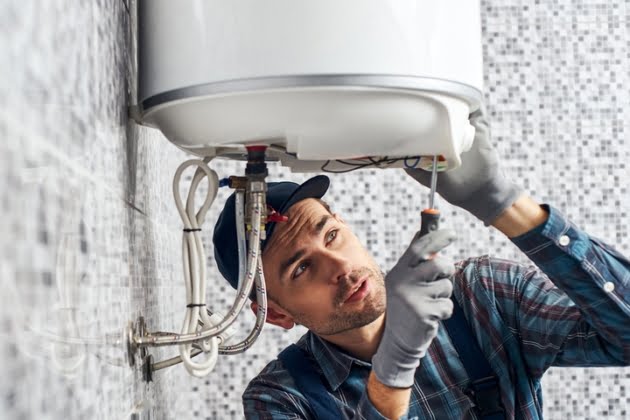Any problems with your water heater will show through a variety of symptoms. These signs may include bad odour, discolouration, leaks, or abnormal noises in the unit. However, the most common issue is usually related to the water temperature, which could be either too hot or too cold, but never feels quite right.
Over time, the problems in your water heater can manifest into more significant issues that affect your entire household. Before this happens, you will want to call in a plumber to troubleshoot any problems with your water heater. If you are experiencing a specific problem, the below water heater troubleshooting tips may be a good reference guide:
1. Is your water heater turned off?
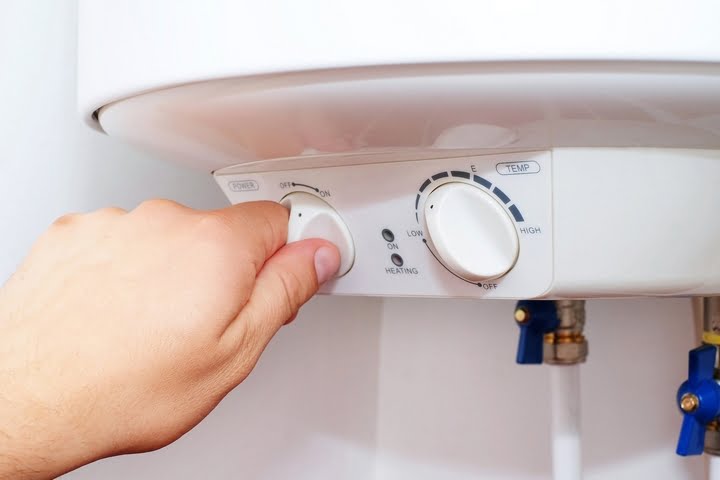
Electric water heaters operate on a high voltage. It is dangerous to work with such appliances while the power is still on. Prior to inspecting the electrical parts of your water heater, switch off its power source first. You may do so by turning off the breaker in your home’s service panel, also known as the breaker box. Before you can touch the wires, inspect them with a non-contact voltage tester to ensure the power is fully turned off.
2. Is there no hot water in your house?

If your water heater has stopped producing hot water, the problem is most likely a tripped limit switch. Start by inspecting the circuit breaker to make sure it’s not the problem. You can find the circuit breaker in the service panel. If it has tripped, simply switch it off and back on again. This should fix the problem.
If the circuit breaker did not trip, try resetting the high-temperature limit on your heater. Start by turning off the circuit breaker in the service panel. Next, remove the panel that gives you access to the upper heating element. Now, carefully remove the insulation and plastic safety guard while being careful not to touch any electrical terminals or wires. At this point, you can access your water heater’s high-temperature cut-off reset button. It’s usually the red button located above the thermostat. Upon finding it, press the button.
Finally, replace the insulation, safety guard, and access panel before turning on the circuit breaker. If hot water is still not coming out, test each heating element and replace the necessary parts.
3. Is there not enough hot water in your house?

Sometimes, there may not be enough hot water generated by your water heater. This problem could be due to your water heating unit being too small to handle the demands of your household. Always ensure your demands doesn’t exceed the capabilities of the water heater. Hot water should make up 75 percent of the water heater’s capacity. A 40-gallon water heater is the proper size for a household demanding 30 gallons of water.
In a case where the demand is too much for the heater’s capacity, install a low-flow showerhead, or try limiting the length of showers. When it comes to doing laundry and washing the dishes, spread these activities across different times of the day.
If your water heater isn’t undersized, but it suddenly starts producing less hot water than before, the problem is most likely stemming from failed heating elements. If your shower is consistently supplying lukewarm water when in use, this means the upper heating element is defective. When the hot water runs out too quickly, the lower heating element is probably faulty.
4. Is the water temperature too hot?
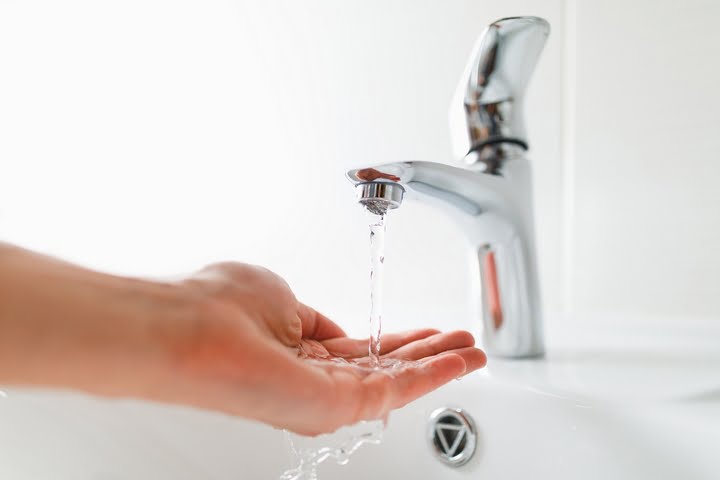
Too much hot water is just as frustrating as not having enough hot water. If this describes your problem, the thermostats may have been set too high in your water heater. With a flathead screwdriver, use it to adjust the temperature to your desired temperature settings. Make sure you do this for both thermostats in the water heater.
5. Is there a water leak?
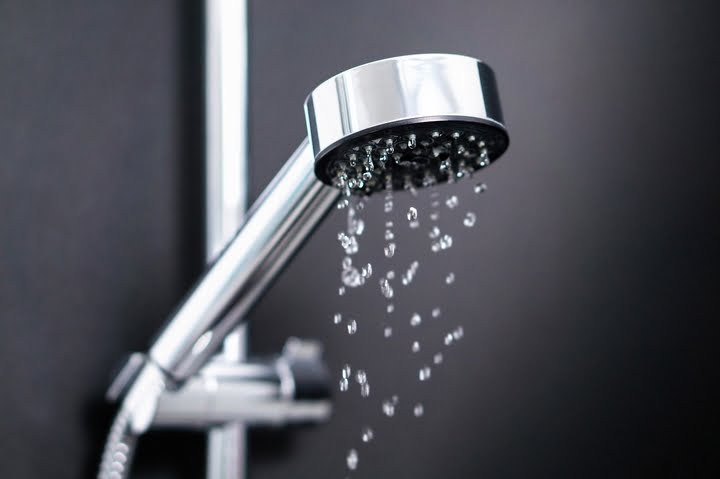
Mostly, water leaks are caused by broken plumbing connections and valves, but they can also stem from tank problems. A water leak can result in significant damage to the plumbing systems in your home, so it’s essential to deal with them as soon as possible.
A leak from your water heater’s tank is probably a result of tank erosion or loose heating elements. Inspect the components to check if they are loose. If so, tighten them with an element wrench. If the tank is corroded, you will have to replace this since it cannot be repaired. To stop the leak in this case, turn off the water and power supply to the heater, and then completely drain the tank.
6. Does the water look rusty?
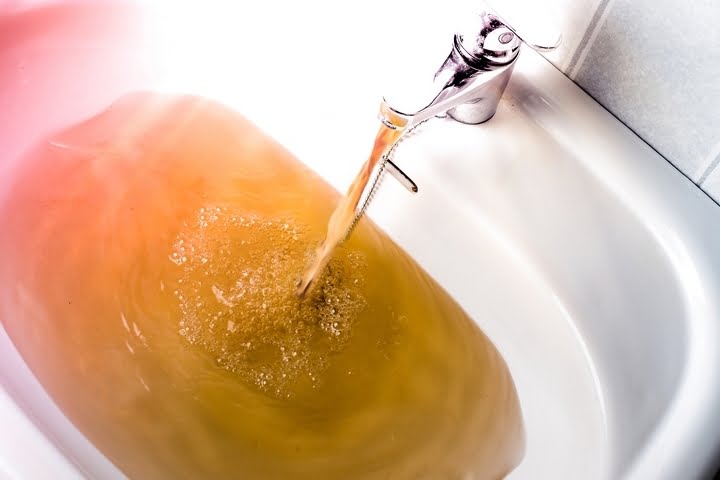
If you notice yellow, red, or brown water coming from your faucet, there is corrosion taking place inside the water heater tank or the pipes in your home. If the water also emits a foul smell, your hot water heater tank probably has some bacteria. To combat this problem, replace the anode rod in your water heater.



